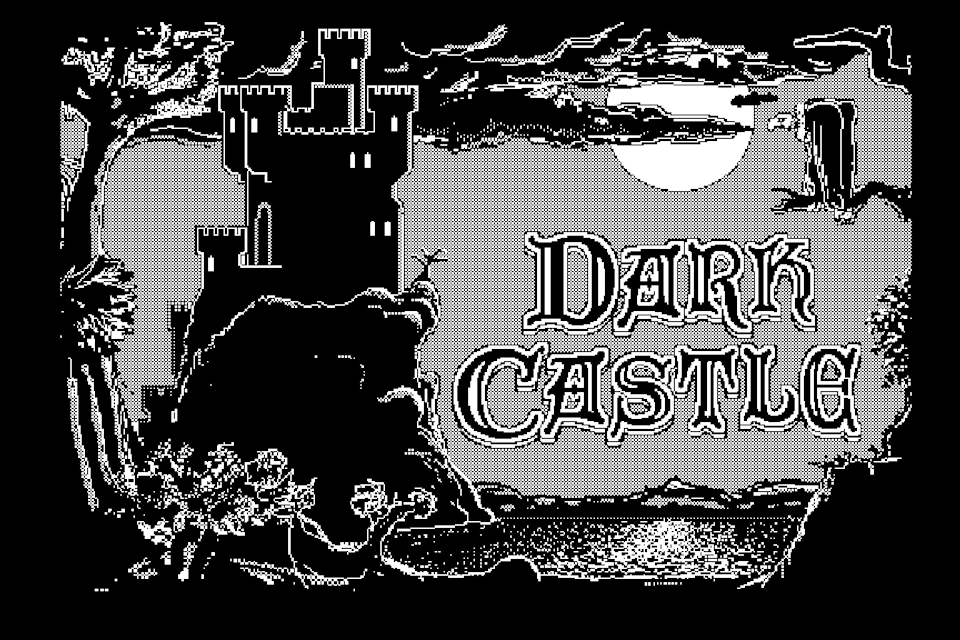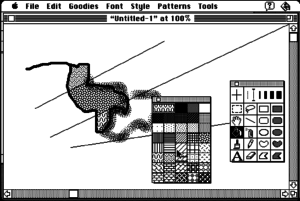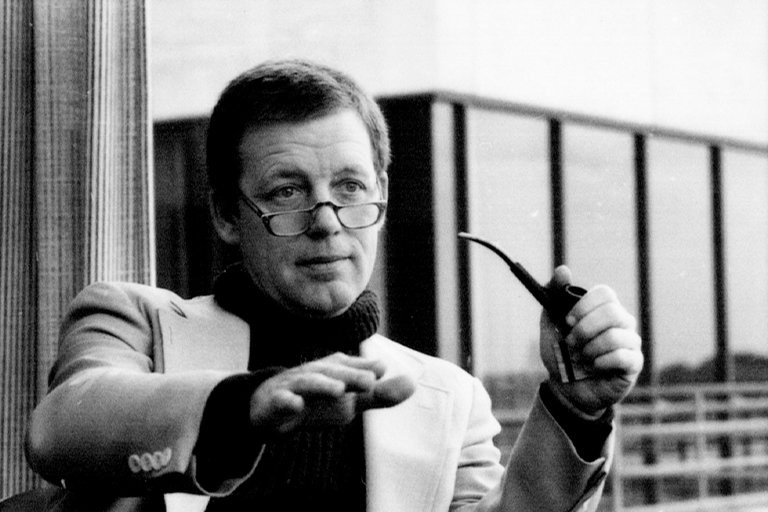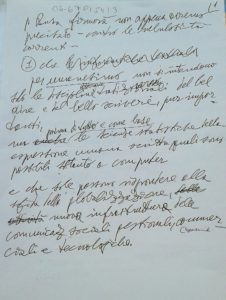From a Humanist note I came across the fine essay on virtual reality, The Promise and Disappointment of Virtual Reality. It starts and ends with Plato’s cave and the responsibility of those freed from the cave to go back in and help others. Alas the state of VR technology doesn’t yet seem good enough to free us from reality and in this case the reality of VR is the commercialism of it.
But Plato’s Cave presupposes that those freeing the prisoner from their chains to reveal the true nature of “reality” are altruistic in their intent—that the world being shown the freed prisoners is indeed the truth. It is an allegory that does not allow for the world as it is today, or the pervasive desire to escape it.
The continued commercial failure of VR may represent an unconscious resistance to jettisoning our connection to the real. Maybe we are waiting for that blockbuster game to drive mass-market appeal. Perhaps the technology simply is not good enough yet to simulate a truly authentic—and profitable—experience. In this sense we are trapped. We crave authenticity of experience but, despite the efforts of philosophers, authors and auteurs, our imaginations appear limited to what we can individually consume and identify with. While capitalism lumbers on, we cannot see anything but the shadows on the wall.
What is nice about this essay by Mark Riboldi is the tour of the history of virtual reality technologies and dreams. What he doesn’t talk about is the sense of disappointment when the first generation of VR didn’t live up to the hype. I remember in the 1990s believing in VR (and lecturing on it.) When it proved clunky and nausea-inducing I felt let down by technology. Perhaps I and others had dreamed too much into VR led on by novels like Neuromancer. I was convinced VR was the logical next thing after the GUI. We had gone from a one-dimensional calligraphic screen to a two-dimensional desktop … wasn’t the three-dimensional virtual world next?
It is also worth mentioning that there have been a number of people writing about gender differences in how VR technology affects us. See Closing the Gender Gap in Virtual Reality. The technology seems to have been designed for men and calibrated to the male experience of reality.





